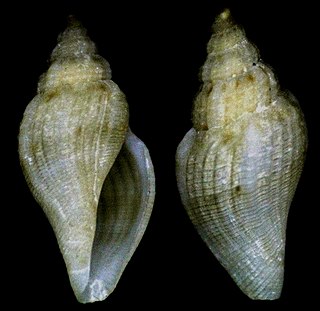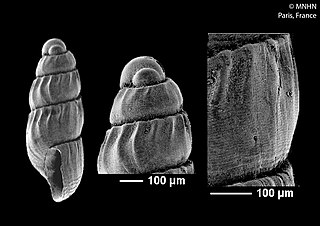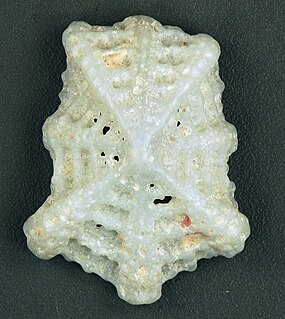
The Caribbean Sea is a sea of the Atlantic Ocean in the tropics of the Western Hemisphere. It is bounded by Mexico and Central America to the west and southwest, to the north by the Greater Antilles starting with Cuba, to the east by the Lesser Antilles, and to the south by the northern coast of South America. The Gulf of Mexico lies to the northwest.

The Antilles is an archipelago bordered by the Caribbean Sea to the south and west, the Gulf of Mexico to the northwest, and the Atlantic Ocean to the north and east.

The Battle of the Caribbean refers to a naval campaign waged during World War II that was part of the Battle of the Atlantic, from 1941 to 1945. German U-boats and Italian submarines attempted to disrupt the Allied supply of oil and other material. They sank shipping in the Caribbean Sea and the Gulf of Mexico and attacked coastal targets in the Antilles. Improved Allied anti-submarine warfare eventually drove the Axis submarines out of the Caribbean region.

The Caribbean is a region of the Americas that consists of the Caribbean Sea, its islands and the surrounding coasts. The region is southeast of the Gulf of Mexico and the North American mainland, east of Central America, and north of South America.

Lithopoma phoebium, common name the longspine star shell, is a species of medium-sized sea snail, a marine gastropod mollusk in the family Turbinidae, the turban snails.

Haliotis pourtalesii, common name Pourtale's abalone, is a rare species of deepwater sea snail, a marine gastropod mollusk in the family Haliotidae, the abalones.

Tenaturris bartlettii is a species of sea snail, a marine gastropod mollusk in the family Mangeliidae.

Turbo castanea, common names chestnut turban, chestnut turban snail-brown and cat eye snail, is a species of sea snail, marine gastropod mollusk in the family Turbinidae.
Cyclostrema tortuganum, common name the Tortugas cyclostreme, is a species of sea snail, a marine gastropod mollusk in the family Liotiidae.
Bacteridium resticulum is a species of sea snail, a marine gastropod mollusc in the family Pyramidellidae, the pyrams and their allies. The species remains within the Bacteridium genus of gastropods, with the exception of the other three related species being Bacteridium bermudense, Bacteridium carinatum and Bacteridium vittatum.

Careliopsis is a genus of sea snails, marine gastropod mollusks in the family Pyramidellidae, the pyrams and their allies.

Odostomia laevigata, common name the ovoid odostome, is a species of sea snail, a marine gastropod mollusc in the family Pyramidellidae, the pyrams and their allies.

Triptychus niveus is a species of small sea snail, a marine gastropod mollusk in the family Pyramidellidae, the pyrams and their allies.
Rissopsetia hummelincki is a species of sea snail, a marine gastropod mollusk in the family Pyramidellidae, the pyrams and their allies.
Turbonilla portoricana is a species of sea snail, a marine gastropod mollusk in the family Pyramidellidae, the pyrams and their allies.

Turbonilla pupoides is a species of sea snail, a marine gastropod mollusk in the family Pyramidellidae, the pyrams and their allies.
Bacteridium vittatum is a species of sea snail, a marine gastropod mollusk in the family Pyramidellidae, the pyrams and their allies. The species belongs to the gastropod genus Bacteridium, along with Bacteridium bermudense, Bacteridium carinatum and Bacteridium resticulum.

Montfortia emarginata, common name the emarginate limpet, is a species of sea snail, a marine gastropod mollusk in the family Fissurellidae, the keyhole limpets and slit limpets.
Hemiliostraca auricincta is a species of sea snail, a marine gastropod mollusk in the family Eulimidae.
Cetaceans form an infra-order of marine mammals. In 2020, approximately 86 species of cetaceans had been identified worldwide. Among these species, at least 35 have been sighted in the wider Caribbean region with very widespread distribution and density variations between areas. Caribbean waters are a preferred breeding site for several species of mysticeti, who live further north the rest of the year. The tucuxi and the boto live at the southern periphery of the Caribbean region in the freshwaters of the Amazon river and surrounding drainage basins.












